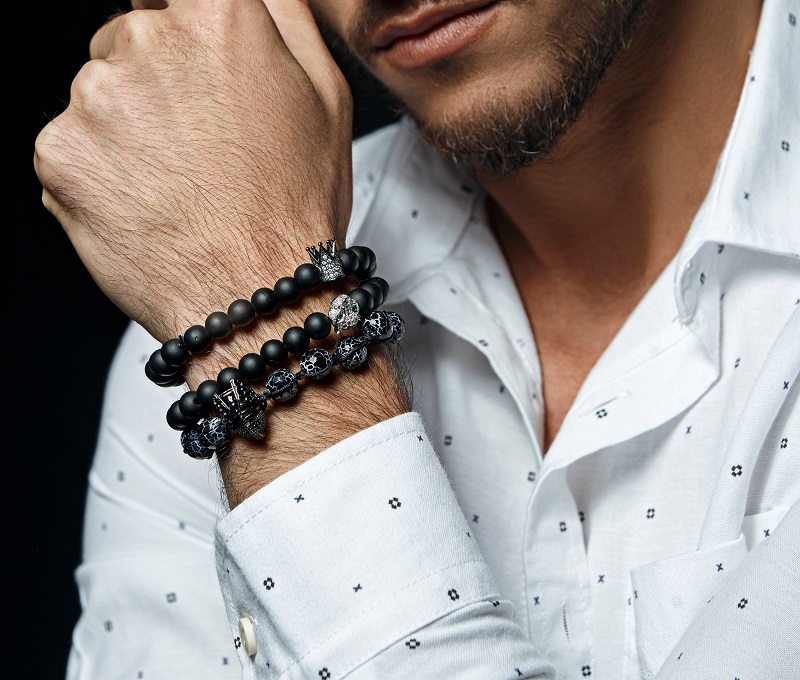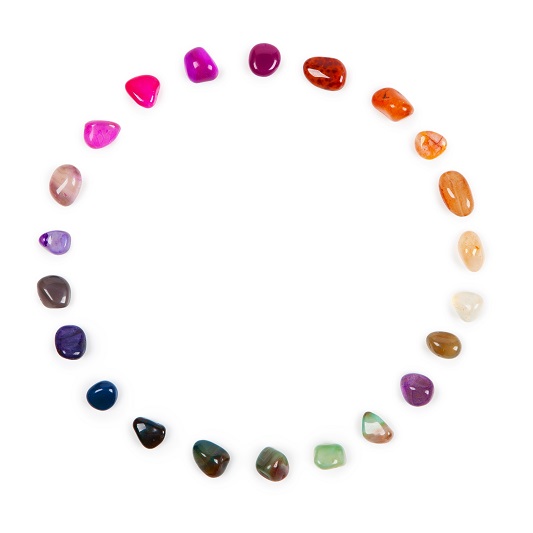Crème de la crème of British Jewellers

Most famous Jewellers of America
30th June 2017
Gemstones: From Mine to Market
7th July 2017British Jewellers You Should Know
With centuries of critical acclaim for its craftsmanship, Britain is home to some of the world’s finest jewellers, some of which, as a fine jewellery enthusiast, should roll off the tip of your tongue. From the jewellery of royalty to eccentric multi-coloured creations, Britain’s jewellers are exquisite.
House of Garrard
Often referred to a Gerrard, House of Gerrard is a London-based jeweller founded in 1772 by accomplished silversmith George Wickes, known for his distinctive late baroque style. As well as creating remarkable jewellery for a multitude of aristocrats, including the Prince of Wales – son of George II and father of King George III – Garrard crafted other exceptional items such as silverware and kitchenware, regarded for their intricate detailing. When Wickes retired in 1760, his apprentices, John Parker and Edward Wakelin, took over the company before, just over 40 years later, Robert Gerrard took over the business in 1802, and it then remained in the Gerrard family until 1946.
In 1843, Garrard was appointed by Queen Victoria as the Crown Jewellers, responsible for creating silverware and jewellery for the Royal Family as well as maintaining the Crown Jewels. Between then and 1937, Garrard was also responsible for several high-profile jewels and designs, including the re-cutting of the famous Koh-i-Noor diamond, set in the British Crown. Other creations include the Imperial Crown of India and the crowns of Queen Mary and Queen Elizabeth. Garrard was also responsible for making Princess Diana’s sapphire engagement ring, given to her by Prince Charles.
In 1998, Garrard partnered with British jewellery brand Asprey, however, the partnership was terminated in 2002. The jewellers took another hit in 2007 when they lost their Royal Warrant, replaced by G. Collins and Sons. However, once again, in 2011, the brand rose to prominence when Prince William gave his mother’s spectacular sapphire engagement ring to Kate Middleton. Today, Garrard is renowned as one of Britain’s best jewellers and produces both fine and bespoke jewellery.
Asprey
Around a similar time to Gerrard, in 1781, British lifestyle brand Asprey was established in Surrey, England; however, it wasn’t until the early 20th-century that the brand began making jewellery. Before it grew into the success it is today, Asprey was a silk printing business which soon established itself as a ‘luxury emporium’ selling homewares and leather goods. The brand rose to prominence in the mid-19th century for its expertly crafted dressing cases used by those travelling on the railways.
It was by acquiring other businesses that Asprey discovered its potential. In 1979, Asprey acquired dressing case maker Edwards, who held a Royal Warrant and then went on to purchase the Alfred Club, too. It wasn’t until the 20th-century that Asprey introduced jewellery to its roster of luxury products, which it did so by hiring an array of experienced precious metalsmiths, jewellers and watchmakers who worked from a newly-acquired manufacturing facility.
Despite being late to the party, Asprey has carved a now signature aesthetic inspired by English gardens and even has its own diamond cut, the Asprey Cut, which was created by Gabi Tolkowsky. The Asprey Cut can only be cut by hand and features an ‘A’ on each edge of the diamond with a flower shape in the centre of the diamond. With an ever-growing portfolio of high-end products, Asprey now creates jewellery, leather goods, silverware, trophies, books, and horse riding boots and saddles.
Stephen Webster
Combining both classic and contemporary, British jewellery designer Stephen Webster is best known for his vibrant, somewhat outlandish yet exquisite and intricate men’s and women’s jewellery.
Webster was born in Kent and completed his training under Tony Shepherd, the Prime Warden of the Worshipful Company of Goldsmiths. However, Webster didn’t officially enter the fine jewellery industry until he was awarded the De Beers honour in 1982, after which he went on to design for an independent jeweller in Canada. In the years following 1984, Webster created jewellery in California where his imaginative style was embraced, before returning to London in 1989 to launch his brand.
Stephen Webster is now one of Britain’s best and, quite literally, brightest contemporary jewellery brands and Webster’s creations are frequented by international icons such as Kate Moss, Madonna, and Johnny Depp, to name but a few. Stephen Webster has more than 200 points of sale worldwide.
Boodles
Back in time, in 1978, British jewellers Boodles, formerly Boodle and Dunthorne, was founded in Liverpool with a single shop which, slowly, grew over 100 years. In 1910, the Wainwright family acquired Boodles and still own it today. Fast-forward 55 years to 1965 and Boodles began expanding rapidly, opening a second store in Chester and a third in Manchester. The brand then went on to open multiple stores in London, including its most prominent on Brompton Road, opposite Harrods.
Boodles is best known for its heavily adorned diamond jewels, many of which are inspired by nature. The brand has also developed a large timepiece market share in the UK thanks to its partnership with popular men’s and women’s Swiss watchmaker Patek Philippe, who’s timepieces it sells exclusively.
Graff
Better known as Graff Diamonds, British jewellers Graff was founded in 1960 by English jeweller Laurence Graff OBE and focuses solely on diamond-encrusted jewellery, including bridal jewellery, and watches. The brand has more than 50 stores around the world, including London and New York.
Graff began his career as a jeweller with Schindler before opening his first store in London’s Hatton Garden in 1962. As the brand has grown, Graff has acquired many famous diamonds including the 51.01 and 40.22-carat Windsor Yellows, the Lesotho Promise which it acquired for $12.4 million in 2006 as a rough-cut 603-carat diamond which it re-cut to 224 carats, and the Wittelsbach-Graff Diamond which it famously purchased in 2008 for £16.4 million. Graff is also renowned for its Peacock Brooch which, a peacock-shaped brooch which features a collection of coloured diamonds and has a total of 120.81 carats and a value of $100 million. Here, both extravagance and elegance intertwine.
Whether you’re one for the intricacy of Garrard or the exuberance of Stephen Webster, there is no doubt that Britain is home to some of the world’s finest traditional and modern jewellery brands.




